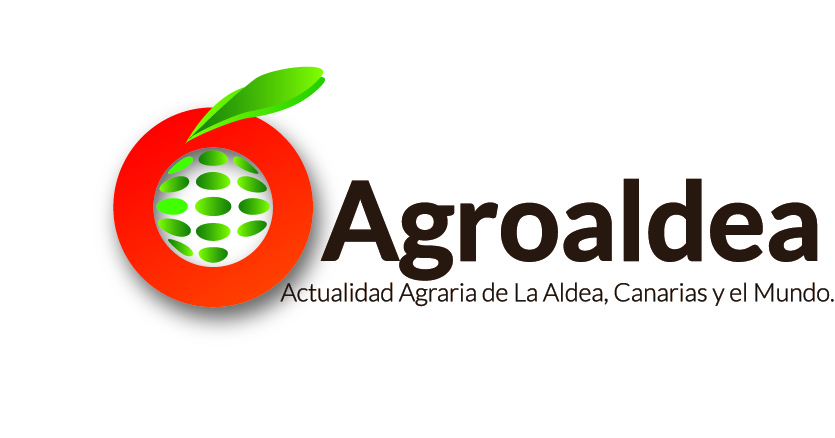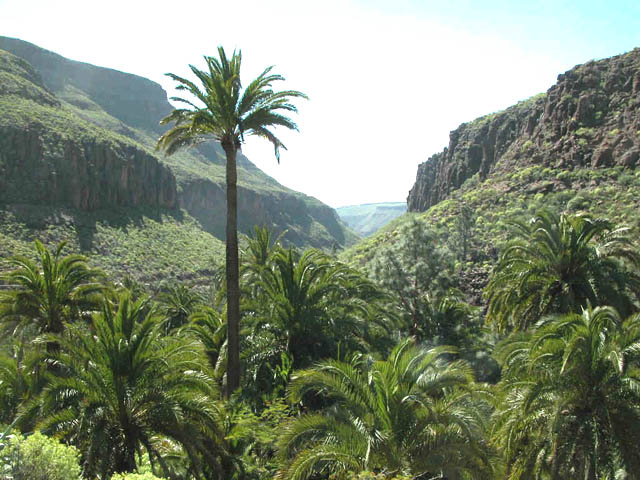The Cabildo presents an action plan to preserve the Canary Island date palm and protect against pests and diseases that affect.
The Ministry of Environment and Emergencies of the Cabildo has directed the work of evaluating the conservation status of the Phoenix Canariensis, the Canarian Government, councils, scientists and environmentalists.
The plan envisages a package of specific phytosanitary measures for controlling pests and diseases in the palm of Gran Canaria, which they have been agreed, under the coordination of the Cabildo de Gran Canaria, to ensure the future survival of the Canary Island date palm (Phoenix canariensis).
These measures are included in the Conclusions Report of the Technical Commission of Palmerales, commission created by the president of the insular corporation, José Miguel Bravo de Laguna, in September 2013.
In the work of this commission, They participated the Canary Islands Government, councils, the two universities of the Canary Islands, non-governmental organizations, environmentalists, producers, nurserymen and other business sectors related to trade in plants, and representatives of the tourism sector and autonomous pruners.
The report will serve as a base document for the development of actions for the palmerales, actions, according to the insular president, "They require the highest degree of coordination between all levels of government".
After the thorough analysis carried out in recent months, detailed data have been obtained on the palm garden tour, landscaping of roads and public works, Urban gardening, wild palm groves and palm trees singular.
To achieve the objectives of this plan requires the involvement of the European Union, the Government of Spain, the Canary Islands Government, municipalities, the two Canarian universities, as well as citizens whose work relates to the palm or have palmerales in its territory.
In order to prevent hybridization of species and the introduction of agents that cause illness or death of our palms, It is necessary to maintain the ban on imports of high palm trees on the island porte, besides intensifying the inspection work in the entryways of ports and airports.
Specifically, for controlling the Diocalandra frumenti, Palmerales the Technical Committee recommends streamlining intergovernmental co-ordination and legal and administrative procedures to facilitate performances infected palm or palm groves, In addition to assessing the real extent of the plague on the island.
the elimination of artificial palm trees grown brokers margins roads that link affected areas with palm groves of wild origin and review procedures generation is also proposed, transport and transformation of plant residues in waste treatment plants.
Another measure that is being developed at the Instituto Canario Agricultural Research (ICIA), It is creating an aggregation pheromone (It is an attractant to make mass arrests for controlled trapping), recognizing useful fauna, repellents or insecticides natural origin tree techniques endoterapia (it is introduced into the plant, by injections with small holes, authorized chemicals).
As best cultural practices when dealing palms and to prevent damage and injuries that they can be exploited by opportunistic pathogens, the Commission recalls that should not brush the stipes or use instruments that damage or perforate.
In addition to phytosanitary measures and cultural practices correct, management of wild palm groves experts propose the detection of a unique genetic marker of Phoenix canariensis, control and eradication of specimens of Phoenix dactylifera, European funding of R + D + I, the inclusion of the most unique palm groves in the Network of Protected Natural Areas or Special Areas of Conservation and establish areas susceptible to artisanal exploitations.
To prevent palm groves are affected by fires, from the Council insists on "the importance of continuing prevention plans and conduct regular monitoring of combustible material that accumulates between the palms".
As for the number of existing palm trees in Gran Canaria, They are recorded in urban areas, both public and private gardening, a few 45 thousand copies. Phoenix dominated genres and Washingtonia. More than half is concentrated in the municipalities of San Bartolome de Tirajana and Las Palmas.
In the wild they are recorded over 80 thousand palms distributed in a 320 palmerales located mainly in large basins of the Guiniguada, Tirajana, Arguineguín, Fataga and Telde.
While most are in the range between 300 and the 600 metres above sea level, we can find palmerales from the coast and even 1.200 metres above sea level.


